Kandor 13 is an hybrid platform for artistic production and exhibition founded by Pablo Jansana, its director, and co-founded by Felix Lazo and designer Lucia Cozzi. It is structured as a collaborative and networking platform, which uses different spaces to develop diverse activities.
By Carolina Martínez Sánchez | Images courtesy of Kandor 13
Carolina Martínez: Where does the name Kandor13 came from?
Pablo Jansana: The name is based on a work by the american artist Mike Kelley. It is a fictional city from which the superhero Superman originates. In accordance to Kelley’s words, Kandor is Superman’s permanent reminder of being unable to run away from the past and its alienated relation with his current life.
CM: Was it always supposed to be a “floating” platform or was there a first attempt of setting in a determined physical space?
PJ: It is an experimental device, a social experiment. Creating art spaces is a proven way in achieving both discursive and economic success, that is how we give value to projects made by artists. It is interesting that K13 is located in this physical indeterminacy; we work with ideas and their relation with the environment, either private or public. We do not pay rent and that gives us the freedom and encouragement to place our ideas in different settings along the city, expanding art to the community.
CM: Which are the pros and cons of being an itinerant non-physical platform?
PJ: The way in which we see the representation of information and how that is changing is what matters to us. Being an online platform is a formalized approach, but we do believe that the medium is the message, in the effect that the dynamic framework influences content. To work collaboratively enriches us and it is very stimulating to work with diverse cultural settings; our members live and work in London, Berlin, Norway, Mexico, Bogota, Chile and New York. We have to move in different spaces and times, and Gmail “hang outs” have made it easier. We are fans of the “hang outs”.
“The way in which we see the representation of the information and how that is changing is what matters to us. Being an online platform is a formalized approach, but we do believe that the medium is the message, in the effect that the dynamic framework influences content.”
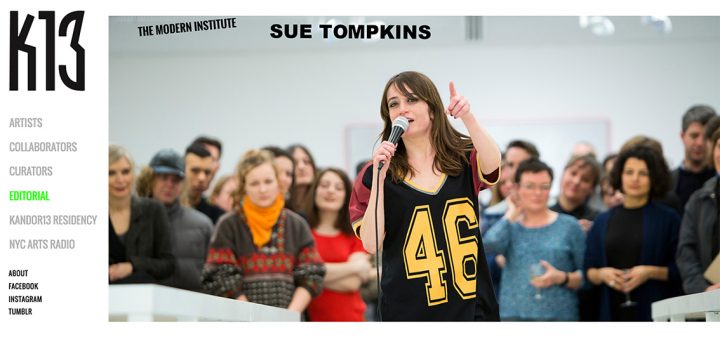
CM: Tell me about the methodology that you have, how you find the spaces, and how you develop the curatorship and program.
PJ: As an organic project it is generated in an organic way, flexibility is the project’s state of mind. We make the exhibitions we want to see. We are now working for the exhibitions scheduled in the city of Berlin and Cordoba (Spain). We are going to carry out “site specific” projects in a former convent called “La Fragua”. Later on, K13’s artists work will be shown in the art museum “Fundación Pepe Espaliú” which is located in the same city. That exhibition starts in September and will last 3 months. In October, part of this project inaugurates in the galleries OKKRaum29 and Rosalux, both located in the Kolonie Wedding conglomerate in Berlin. On the other side, there is the New York stage, in which we are making curatorship work with the New York based Russian artist Daria Irincheeva, for an end-of-the-year display of the k13 european exhibition.
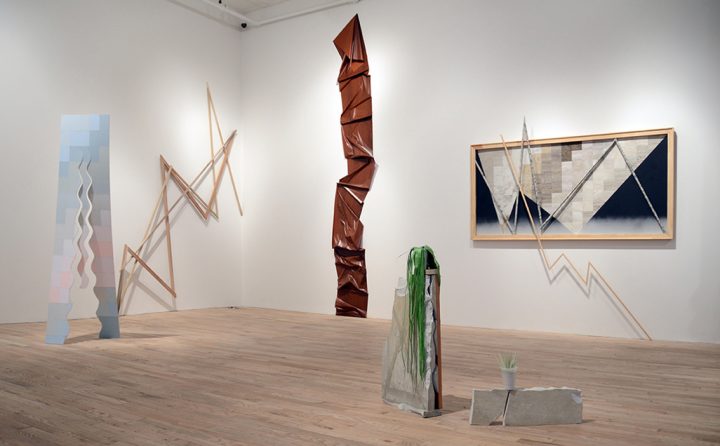
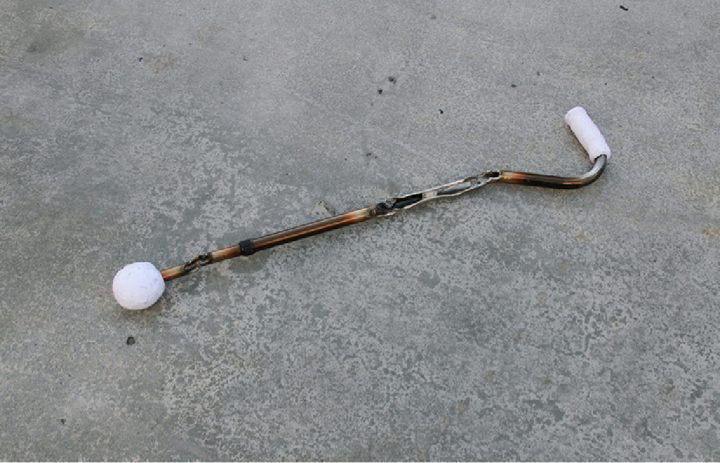
The curatorship program is made up by the same K13 artists. The projects in which we are now involved were curated by me together with the american artists Catherine Czacki and include texts. With this agenda we will be going to Mexico City in 2017.
We love that our artists perform curatorial work, and we also work with other curators that help us to execute different processes of K13. In our curatorial team we have the London based Italian curator Attilia Fattori Franchini, who joined our project actively working with us. Her work developed mainly in Europe; she contributes regularly for Kaleidoscope and she is also a co-founder of the online platform “bubblebyte.org” and “Opening Times”. Attilia specializes in post-digital art and in the creation of hybrid platforms for production and exhibition of art. We are working with her on developing the Latin American focus and the projection of K13’s international network.
We also work with the curator and writer Christian Viveros-Fauné, who is a well-known international critic living in New York. Viveros is a collaborator of Art in America, ArtNews, ArtReview and Village Voice. He has curated shows at, Museo de Bellas Artes Santiago, Chile, Museo de Arte Contemporáneo de Monterrey Mexico, Museo de Arte Moderno Mexico City, Museo Amparo Puebla, Mexico, Centro Atlántico de Arte Contemporáneo España and has written catalogs such as Neo Rauch, David Zwirner Gallery, (NY, USA) Beuys and Beyond. “The Corrupt Show and The Speculative Machine” of the Danish art collective SUPERFLEX, currently on display at the Museo de Arte Contemporaneo de Chile was curated by Christian. He brings his vision as a writer and logistical support to the exhibition program of K13.
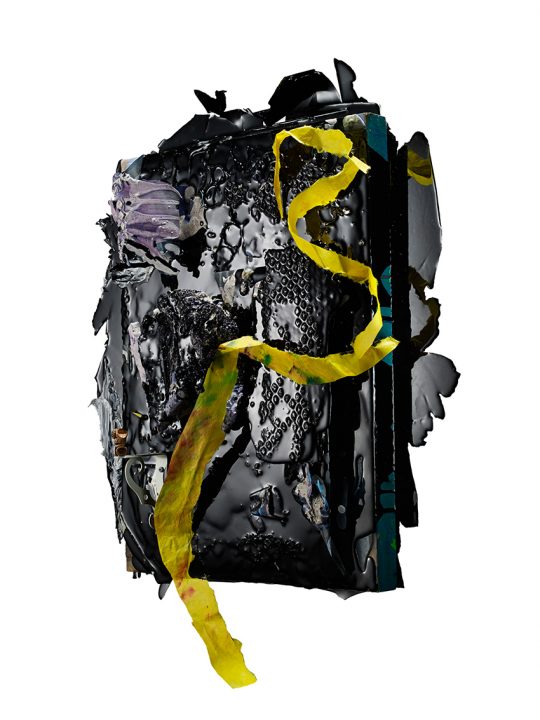
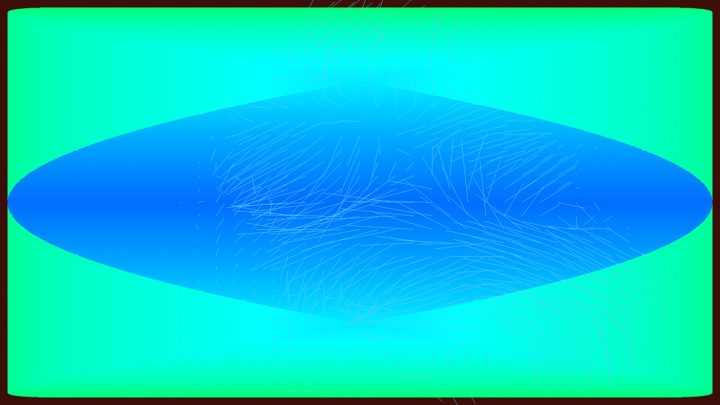
The independent curator Carolina Castro Jorquera is also collaborating with K13, she says that “Today there are lots of ways of being a contemporary art space. I am interested in this diversity that K13 represents, where the relation between curator and artist exists responsively, adopting different shapes depending on the specific project that they develop.”
In addition to the curatorial component, we have developed a publishing side which consists of visual essays online that can be downloaded acquiring physical shape. We have interviewed different artists in the international scene, starting with three interviews and essays of Sue Tompkins (Glasgow), who tells us about her participation in K13, her performances, and her role as a singer of the band “Life Without Buildings” as well as her everyday practice as painter. We have been working with Sue’s gallery; The Modern Institute, which has become K13’s partner and provided material by Dia Beacon in New York.

The Belgian artist Katja Mater (based in Amsterdam) tells us about her daily life in the Dutch capital, her work at her studio and how she transfers photographic practice after long, diverse processes to a visual material made with paint. She also gives us insight into her work as an editor of the independent magazine “Girls Like Us”, which is focused on expanding the female gender through art, culture and activism.
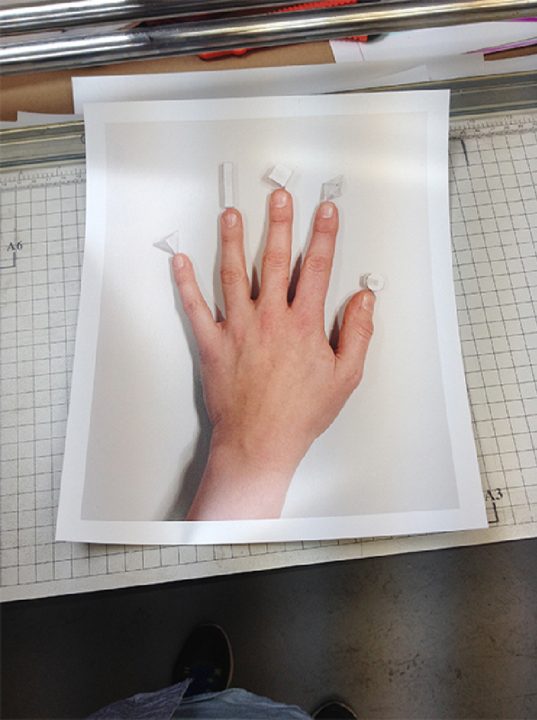
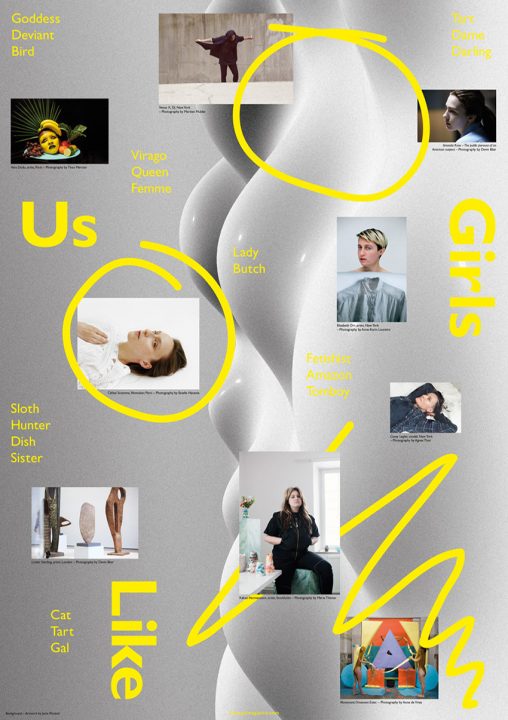
The Chilean artist Carolina Saquel (based in Paris) explores in her book “Los Lectores” which is a rereading the photographic recomposition of the piece “Chaos-mose” from Félix Guattari and she shows us part of the work “Polvere, Polvere”.
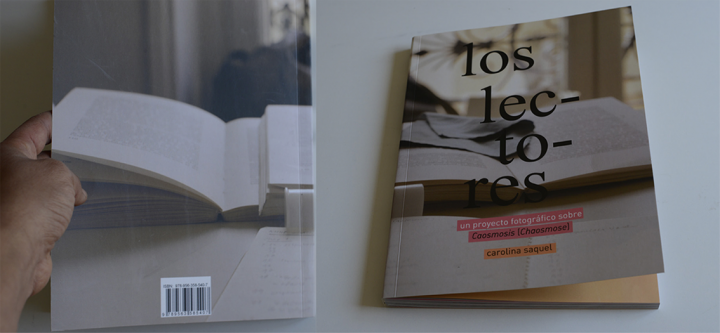
CM: What is the primary mission of Kandor13? Has it changed or adjusted? Should that mission be redefined today?
PJ: The primary mission is to encourage developing proposals and innovative methods, providing platforms for interdisciplinary collaboration between artists, curators and critics.
CM: How is a project with these characteristics inserted into the structure and art market model today?
PJ: Sometimes we work with large and small institutions, also with commercial galleries and spaces run by artists, sometimes, these structures we invent. Altogether, we believe it is a model that represents the present future. Besides the curatorial and editorial lines, we work with a podcast called NYC Arts Radio lead by the North American visual artist Allison Malinsky (based in Barcelona). You can listen to the first episode on iTunes or Soundcloud named “Creating Communities”; in which Allison interviews the well-known artist Ray Smith, who belongs to the 80’s North American stage, together with Clemente, Jeff Koons and many others. In the interview, Smith talks about how the area of NYC that was devastated by hurricane Sandy was reconstructed and about his artistic life in New York. Additionally, we have a new physical address; we have created a residence in Colombia for international artists, which is called Casa Panda.
“The primary mission is to encourage developing proposals and innovative methods, providing platforms for interdisciplinary collaboration between artists, curators and critics.”
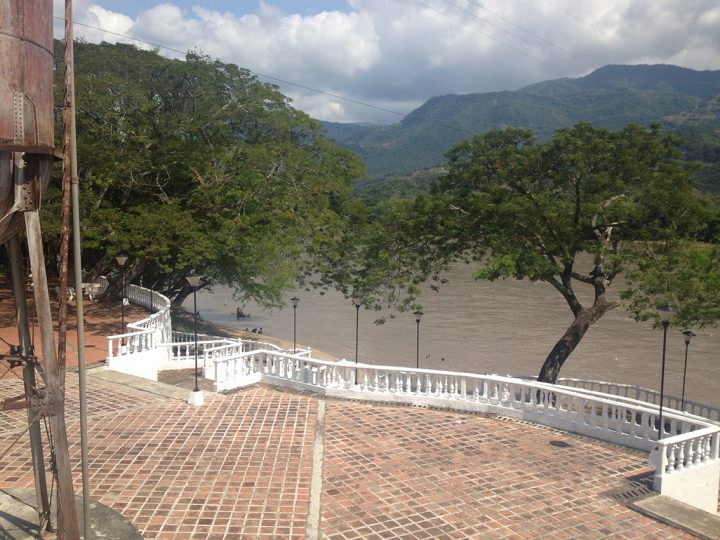
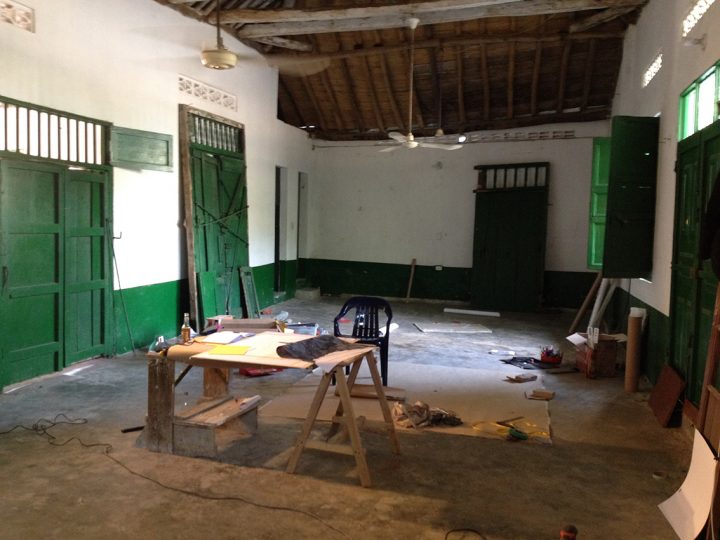
CM: Do you see it as a temporary project or is it feasible to sustain over time?
PJ: I think it is feasible to make this a long term project.
CM: How do you develop the co-working methodology and the exchange?
PJ: The geographic location of each of the K13’s members gives the project its unique character. It is precisely in this cultural exchange where the force and nature of the project originates. Our idea is to integrate local artists depending on the project and cultural scene where it is shown. K13’s Residence, Casa Panda, reveals this focus (In the 80’s–90’s, Casa Panda was a whorehouse, house of sin in the Ambalema town which was founded by a colonialist and proslavery in 1627). This space has bee n created thanks to K13’s Colombian artist Santiago Reyes Villaveces. The house belonged to his family, and later was turned into a temporary artist studio. Now it is a space fot thinking and creation open to the community. In this privileged space in Ambalema (very close to Bogota) there are 5 rooms and a lot of space for working and exhibition. The first phase consists in the direct invitation to artists so that they can develop a specific work in Casa Panda, encouraging people to get involved in this project to the improvement of the city. In the second phase artists will be able to apply for residence in Casa Panda through their projects. That is how this new scenario involves various institutions, including the Universidad de Los Andes en Colombia, who will contribute with the Facultad de Bellas Artes to the functioning of the project.
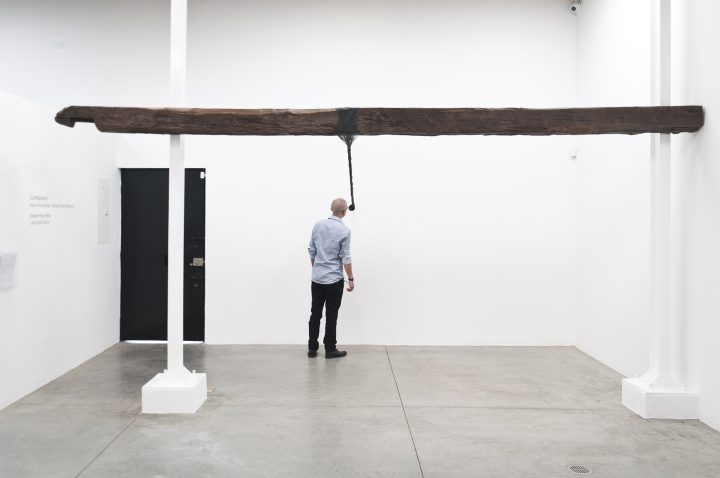
CM: From your curatorship, what are the reflections and the thinking patterns that you aim to reveal and inspire in the audience?
PJ: We have defined a first phase of work and development of the work that is called: “Tu Casa es Mi Casa”. It is a research text and a body of work of K13’s artists that defines the “core” of this platform.
Focused on how the interaction between artists from differing geographical/cultural contexts influences individually and historically centered artistic production, this project seeks to investigate how this influence extends to particular concepts of what constitutes a home––ideologically and physically. The legacy of cross-cultural/global exchange has catalyzed transformations regarding notions of home space via the influence of two or more cultural contexts and meeting and exchanging ideas (a transformation additionally problematized by colonial encounter). “Mi casa es su casa” (my home is your home) is a classic Latin American phrase that defines the domestic as a shared space between self and other, reflecting the hospitality and charisma of people from a particular context, in this case, Latin-America. This phrase is the springboard through which to explore the notion of home as a domestic space and/or political and social concept.
“The legacy of cross-cultural/global exchange has catalyzed transformations regarding notions of home space via the influence of two or more cultural contexts.”
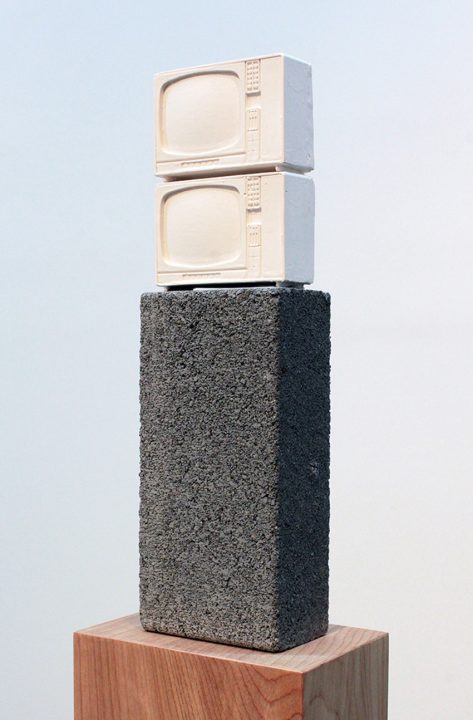
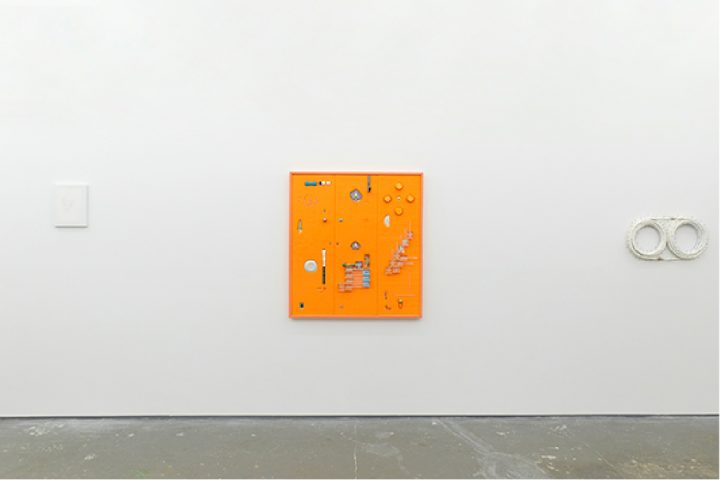
The proposal is to mount several exhibitions with members of the artist collective Kandor 13 –using the notion of home as the central theme through which to discuss representation of home and domesticity in contained spaces. The artists in Kandor 13 negotiate how notions of home and domesticity are communicated in a variety of ways––through intersections between design, architecture and art– negotiations that are additionally explored as intellectual concepts through language and aesthetics. Questions provoked by the artists in the collective include: What does domestic mean politically and/or socially? What defines a home ideologically and physically? What inhibits interiors to make them homes? How does the concept of interiority come under question when we define space as domestic/home versus public/world?
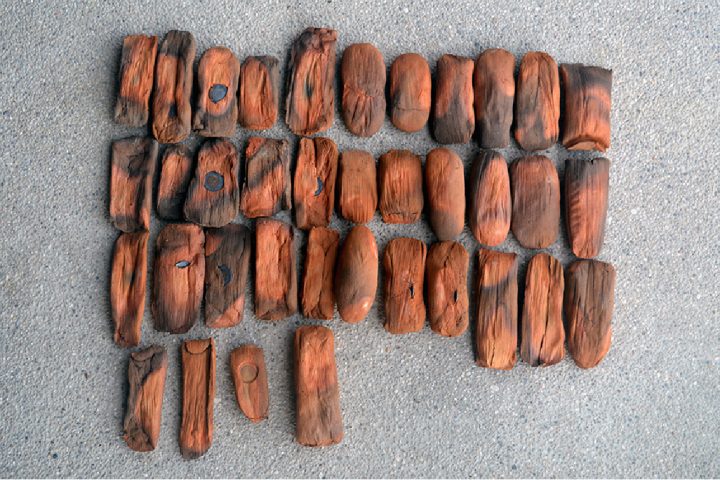
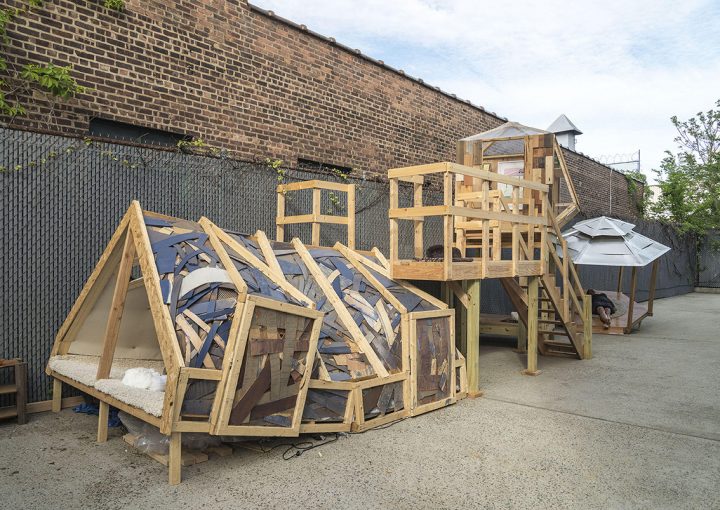
“How does the concept of interiority come under question when we define space as domestic/home versus public/world?”
Contemporary art is confronted with a series of historical problems when individual artistic practices are re-contextualized through the ubiquitous lens of Modernism. Topics that we hope to investigate as related to artistic/historical subjectivity include trans-cultural exchange, authorship rights, political/social landscapes, and the issue of varying conceptions about materiality as related to ideas of progress.
“Tu casa es mi casa” reveals itself as a problematic phrase when read in the light of cultural exchange and copyright. It is one of the goals of Kandor 13 to reveal these relationships of cultural sharing in a public platform, negotiating the history of intellectual/artistic exchanges across geographical distances––as they travel over and under differing cultural contexts.
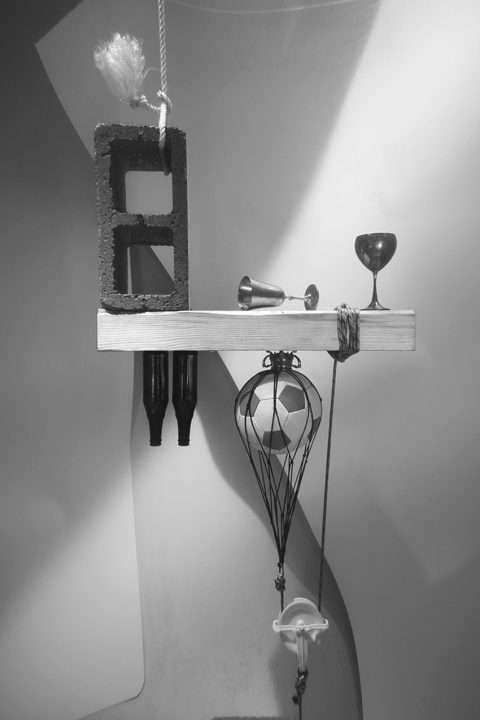
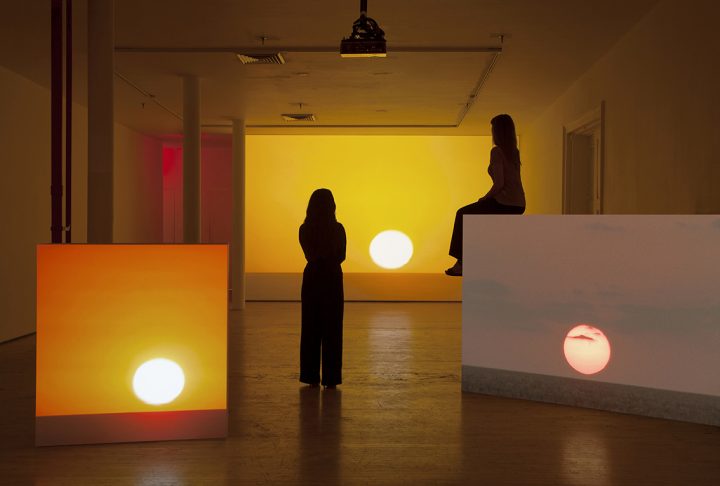
This project explores how national identity is a psychological concept as much as a political one––issues of repatriation; international property rights and copyright law; as well as authorship and ownership––are rendered visible as they relate to objects and humans that exist in a web of transcultural influence. This ongoing project results in a series of exhibitions consisting of objects, sculptures, installations, writing and performances by the artist members of K13. Exhibitions of the project exist as opportunities to push the narrative forward, and reflect—within the work and through the framing of it—on the different ways in which influence is legible and how the legal and/or social parameters around ideas of originality differ in each country where the works are shown.
“This project explores how national identity is a psychological concept as much as a political one––issues of repatriation; international property rights and copyright law; as well as authorship and ownership––are rendered visible as they relate to objects and humans that exist in a web of transcultural influence.”
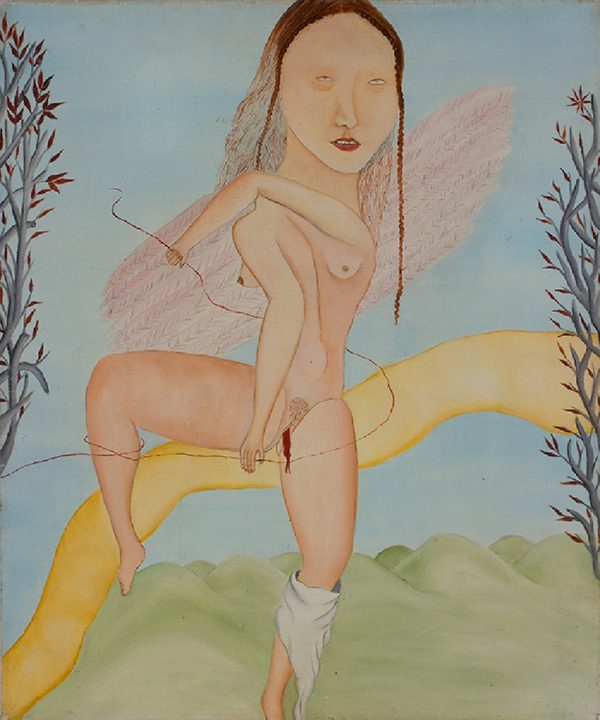
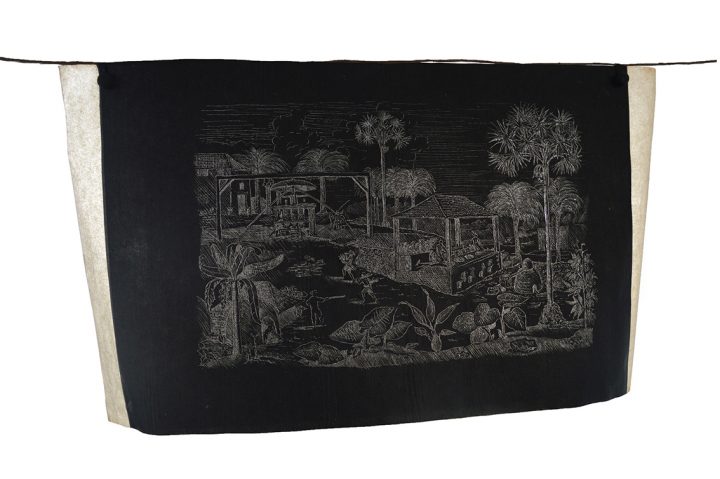
Images:
1. Sue Tompkins © 2014, Live performance, performed at ‘Come to Ozark’ Gallery of Modern Art, Glasgow. Comissioned by Glasgow International. Photo: Alan McAteer. Image courtesy of “The Modern Institute” and “Kandor13”
2. Daria Irincheeva © 2014, Circadian Rhythm. Exhibition view, Postmasters Gallery, NY.
3. Catherine Czacki © 2014/2015, Mirror of all others. Courtesy of the artist.
4. Pablo Jansana © 2016, Acorn. Courtesy of the artist.
5. Félix Lazo © 2016, [989] AutopoieticSystem Unique Prints 01. Courtesy of the artist.
6. Sue Tompkins © 2015, World Wah! Notes for performance. Courtesy of “The Modern Institute” Photo: Max Slaven.
7. Katja Mater ©2016, Courtesy of the artist.
8. Katja Mater ©2016, Glu Poster. Courtesy of the artist and “Girls Like Us”.
9. Carolina Saquel ©2014, Courtesy of the artist.
10-11. Casa Panda
12. Santiago Reyes Villaveces © 2015, Braid. Courtesy of the artist. Photo: Sebastián Cruz.
13. Esperanza Mayobre © 2010, Monumento a la TV (y a Brancusi). Courtesy of the artist.
14. Brock Enright © 2016, Sugar Computer/Electrocate. Installation View at Kate Werble Gallery, NY. Photo by Elisabeth Bernstein. Courtesy of the artist and Kate Werble Gallery, NY.
15. Balam Bartolomé © 2015, Tlaolli. Tamales de barro. Courtesy of the artist.
16. Angélica Teuta © 2015, Emotional Architecture: Shelter. Courtesy of the artist.
17. Alejandro Almanza © 2015, Perdimos por que no ganamos. Courtesy of the artist.
18. Andrea Galvani © 2015, The End [Action #1]. Installation and performance detail at Art in General, New York, 16 May – 27 June, 2015
19. Cecilia Vicuña © 1973, Ángel de la Menstruación. Courtesy of the artist.
20. Javier Arce © 2013, New Universal Geography. Suburd of History: From the General to the Particular. Courtesy of the artist.

 Español
Español